Advancements in Aesthetic Technology
Technological advancements play a pivotal role in shaping the Japan Aesthetics Market. Innovations in laser treatments, injectables, and minimally invasive surgical techniques have revolutionized the landscape of aesthetic procedures. For instance, the introduction of advanced laser technologies has improved the efficacy and safety of skin treatments, attracting a broader clientele. Additionally, the integration of artificial intelligence in treatment planning and patient management is enhancing the overall experience for consumers. As these technologies continue to evolve, they are expected to drive further growth in the market, with an increasing number of practitioners adopting cutting-edge solutions to meet consumer demands. The Japan Aesthetics Market is thus positioned to benefit from these advancements, potentially leading to higher patient satisfaction and retention.
Increasing Demand for Aesthetic Procedures
The Japan Aesthetics Market is experiencing a notable surge in demand for aesthetic procedures, driven by a growing societal emphasis on physical appearance and self-care. Recent data indicates that the market is projected to reach approximately 1.5 billion USD by 2025, reflecting a compound annual growth rate of around 8 percent. This increasing demand is particularly evident among younger demographics, who are more inclined to seek cosmetic enhancements. Furthermore, the rise of social media platforms has amplified the visibility of aesthetic treatments, encouraging individuals to pursue procedures that enhance their appearance. As a result, the Japan Aesthetics Market is likely to continue expanding, with a diverse range of services being offered to cater to this evolving consumer base.
Influence of Celebrity Culture and Social Media
The influence of celebrity culture and social media is profoundly shaping the Japan Aesthetics Market. As celebrities and influencers openly discuss their aesthetic procedures, they create a cultural norm that encourages others to consider similar treatments. This phenomenon is particularly pronounced among younger consumers, who are heavily influenced by social media trends. Data indicates that nearly 70 percent of individuals aged 18 to 34 are motivated to seek aesthetic treatments based on social media exposure. Consequently, the Japan Aesthetics Market is likely to experience continued growth as the visibility of aesthetic procedures increases, prompting more individuals to pursue enhancements that align with contemporary beauty standards.
Rising Awareness of Mental Health and Well-being
The Japan Aesthetics Market is increasingly influenced by the rising awareness of mental health and well-being. Consumers are beginning to recognize the psychological benefits associated with aesthetic procedures, such as improved self-esteem and confidence. This shift in perception is prompting individuals to invest in their appearance as a means of enhancing their overall quality of life. Market Research Future suggests that approximately 60 percent of individuals seeking aesthetic treatments cite self-esteem improvement as a primary motivation. Consequently, the Japan Aesthetics Market is likely to see a growing number of clients who view aesthetic enhancements not merely as cosmetic changes but as integral components of their mental health and wellness journeys.
Aging Population and Demand for Anti-Aging Solutions
Japan's aging population is a significant driver of the Japan Aesthetics Market. With a substantial percentage of the population aged 65 and older, there is an increasing demand for anti-aging solutions that cater to this demographic. Procedures such as dermal fillers, Botox, and skin rejuvenation treatments are becoming increasingly popular among older adults seeking to maintain a youthful appearance. Market data indicates that the anti-aging segment is expected to account for over 40 percent of the total aesthetics market by 2025. This trend suggests that the Japan Aesthetics Market will continue to evolve, with practitioners focusing on developing tailored solutions that address the unique needs of aging clients.


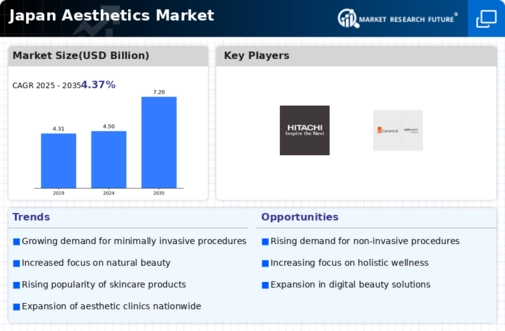
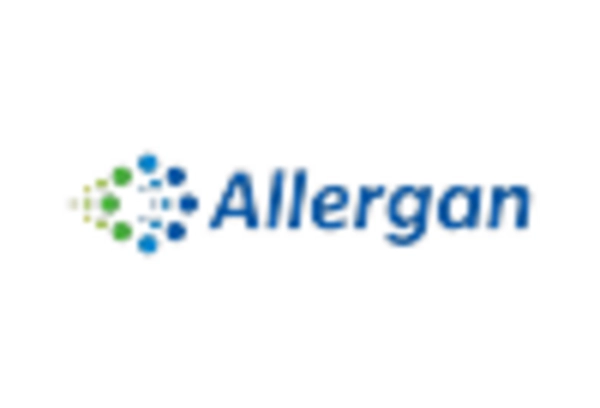
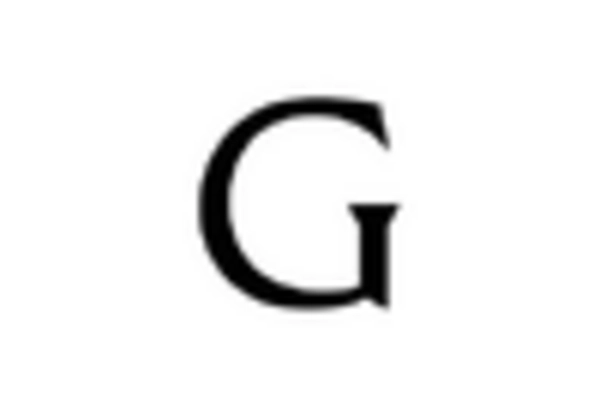
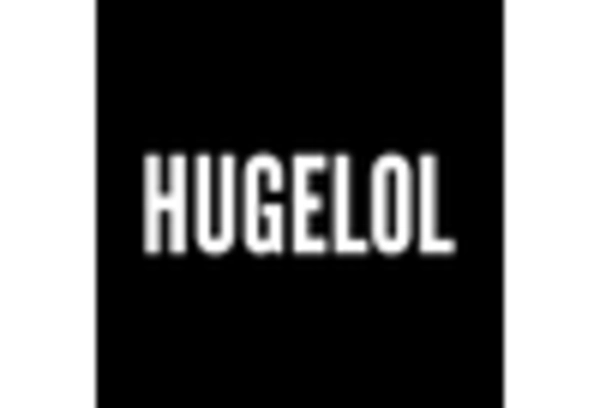
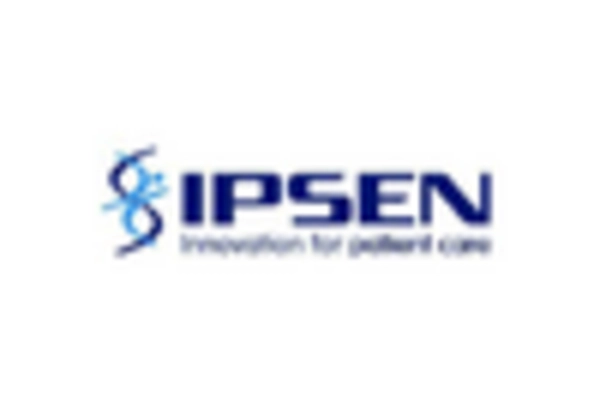
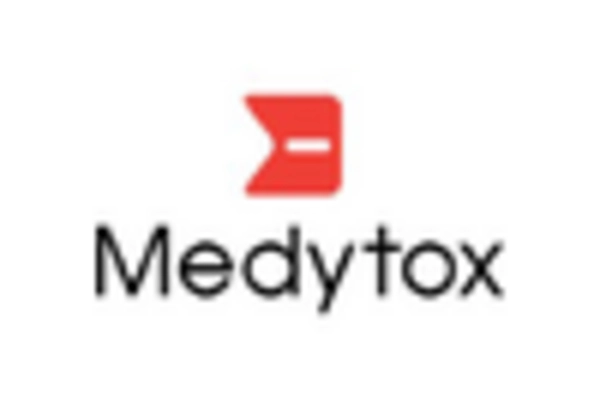
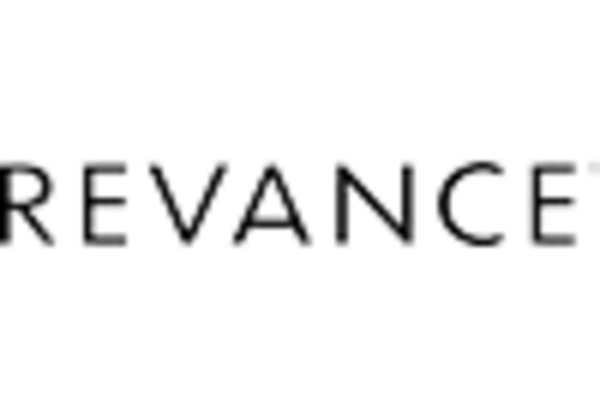








Leave a Comment